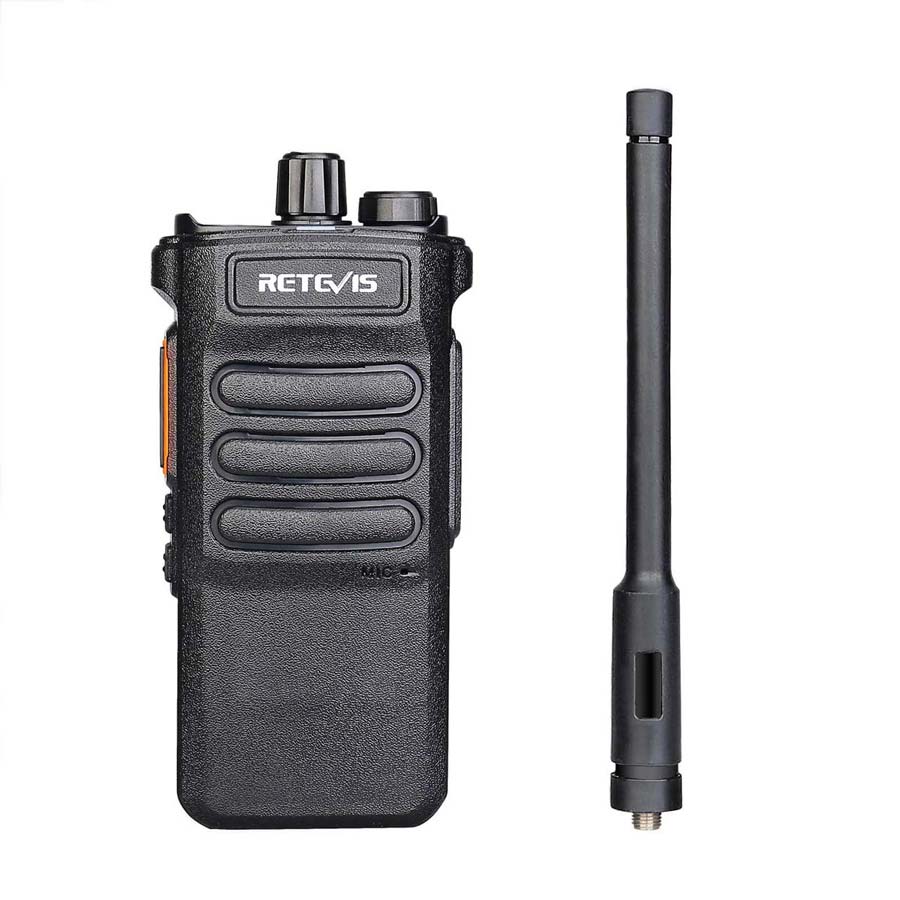In today's interconnected world, communication plays a pivotal role in connecting people and facilitating the exchange of information. Two prominent methods of communication, telecommunication and radio communication, have revolutionized the way we connect and share data. While both serve the purpose of transmitting information, they differ significantly in their underlying technologies, applications, and scope. In this article, we will delve into the intricacies of telecommunication and radio communication, exploring their differences and shedding light on their unique features.
- Definition and Scope:
Telecommunication refers to the transmission of information over a distance using various electronic means, such as telephone lines, fiber optics, and satellites. It encompasses a wide range of communication services, including voice calls, video conferencing, internet connectivity, and data transfer. Telecommunication networks are designed to provide reliable and secure communication channels for individuals, businesses, and governments across the globe.
On the other hand, radio communication involves the wireless transmission of signals through the use of radio waves. It enables the exchange of information between two or more devices, such as radios, walkie-talkies, and broadcasting stations. Radio communication finds applications in broadcasting, public safety, aviation, maritime, and amateur radio operations. It offers a versatile and accessible means of communication, especially in remote areas or during emergencies.
- Technology and Infrastructure:
Telecommunication relies on a complex infrastructure comprising cables, wires, and satellites to transmit signals. It utilizes various technologies, such as analog and digital modulation, multiplexing, and encryption, to ensure efficient and secure data transmission. Telecommunication networks are typically centralized, with service providers managing the infrastructure and routing the data between users.
In contrast, radio communication utilizes radio frequency (RF) waves to transmit and receive signals wirelessly. It operates on specific frequency bands allocated by regulatory authorities. Radio communication devices, such as transmitters, receivers, and antennas, enable the transmission and reception of signals. Unlike telecommunication, radio communication can be both centralized (e.g., broadcasting stations) and decentralized (e.g., walkie-talkies).
- Applications and Limitations:
Telecommunication offers a wide array of applications, ranging from traditional voice calls to advanced data services. It enables real-time communication, remote collaboration, and access to vast information resources through the internet. Telecommunication networks can span across continents, connecting individuals and organizations globally. However, telecommunication infrastructure may be susceptible to disruptions, such as natural disasters or cyber-attacks, impacting communication services.
Radio communication, with its wireless nature, is particularly valuable in situations where wired communication is impractical or unavailable. It serves as a reliable means of communication in remote areas, disaster-stricken regions, and mobile scenarios. Radio communication is widely used in broadcasting news, entertainment, and emergency alerts. However, its range and capacity are limited compared to telecommunication, and signal quality may be affected by interference or environmental factors.
Conclusion:
In conclusion, telecommunication and radio communication are distinct yet complementary methods of transmitting information. Telecommunication encompasses a broad range of services and technologies, enabling global connectivity and data exchange. Radio communication, on the other hand, offers wireless communication capabilities, especially in remote or mobile scenarios. Understanding the differences between these two communication methods is crucial for selecting the most appropriate solution based on specific needs and circumstances.

